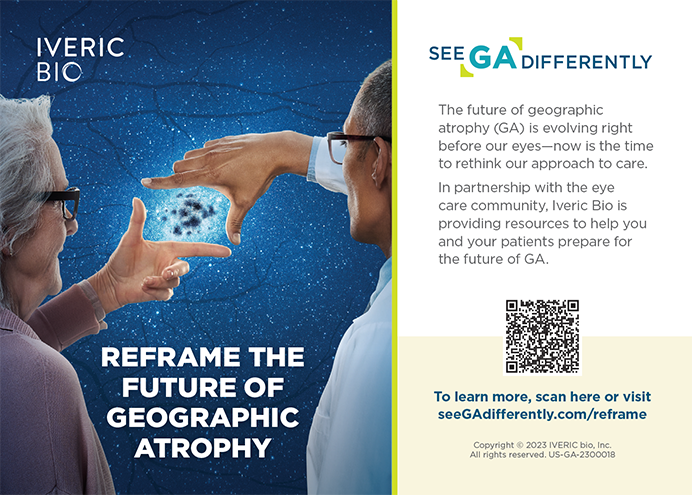Composed of a temperature-sensitive acrylic polymer, the SmartPlug™ developed by Medennium, Inc. (Irvine, CA) is moldable at body temperature. It remains in the form of a solid rod at room temperature, and when it reaches 90ºF, it will change its shape, contracting in length and expanding in diameter; this is the form in which it rests inside the punctum. The plug is removable, although not from the outside, because nothing projects above the lid margin. To remove the plug, it can be passed farther along the tear drainage system. The surgeon places a lacrimal probe externally into the lower tear duct, and pushes the plug into the tear drainage system. The plug is then irrigated into the patient's nose where it will exit unnoticed because of its tiny size and gel-like consistency.
THE IDEA BEHIND THE PLUG
The concept of the SmartPlug™ is that it remains in place permanently. However, on occasion, a patient may develop excess tearing from having a plug in the drainage system; sometimes patients will need to choose between having eyes that are too dry or too wet. I ask the patient which he or she would prefer. It also depends on the environmental situation. For example, if one lives in Maui where the air is moist, he or she would rather have a little bit of a dry eye. On the other hand, if you live in Los Angeles where dryness is a chronic problem, you'd rather have a little bit of a wet eye. If the patient experiences excessive tearing, we remove the plug.
OTHER PLUGS HAVE THEIR LIMITS
Generally, there are two types of punctum plugs available today. One plug that is designed to be temporary is a piece of collagen suture that is placed in the tear drainage system under the lid surface, and is used on a trial basis because it dissolves in a period of 2 to 4 days. During the period when the plug is in place, we ask the patient whether his or her symptoms are improved or unchanged. If the symptoms are improved, we know it is possible to place a plug permanently. The limitations of the collagen plug are that it dissolves, and that it is only used for diagnostic purposes. Although the silicone plug is designed to stay permanently in place, unfortunately, many fall out. In addition, because there is a little mushroom cap on the silicone plugs, they may irritate patients by rubbing the surface of the eye. For those reasons, these plugs do not have an outstanding track record. In my experience, 25% to 30% or more of these plugs fall out, and I'd say 15% to 20% of patients have symptoms of irritation from the plug itself.
SIZING IS IMPORTANT
The silicone plugs must be specifically sized to prevent extrusion. We keep an inventory of the four sizes that are manufactured, and then we measure the canaliculus to see if the plug fits correctly before placing the plugs. On the positive side, the silicone plug can be easily removed. With regard to the SmartPlug™, one advantage is that the plug does not project from the surface of the lid, so it should not irritate the patient. It will not fall out because it sits in the tear drainage system itself, so the patient cannot accidentally rub or grab the plug, which may be why many silicone plugs are lost. The SmartPlug™ fits all sizes because the plug expands to fit the vertical canaliculus below the lid surface.
WHO WILL BENEFIT?
The plug will prove to be a great benefit for LASIK patients because there is a very high incidence of dry eye after LASIK due to the cutting of the corneal nerves. Anyone for whom the collagen or silicone plug is presently helpful, will also benefit from this plug. At this time, there are no contraindications for the SmartPlug™, except perhaps an allergy to acrylic plastics.
FUTURE APPROVAL
The SmartPlug™ is CE marked in Europe, available for sale in Canada, and is currently undergoing clinical investigation in the US. Jacob Feldman, President and CEO of Medennium Inc., states that Medennium is very proud of this unique technology as a modality for patients with dry eye. “We are thrilled to be able to offer this product for sale in Europe and in Canada. We are looking forward to the successful continued conduct of the US trial and future commercialization in the US,” he says. The company expects to complete the US trial and have the SmartPlug™ available for commercialization in the US during the summer of 2002.
Christian J. Spaleck, MD, is from the Ingolstadt Ambulatory Surgery Center in Eichstätt, Germany. He has no financial interest in any of the materials mentioned herein. Dr. Spaleck may be reached at cjs@altmuehlnet.de


